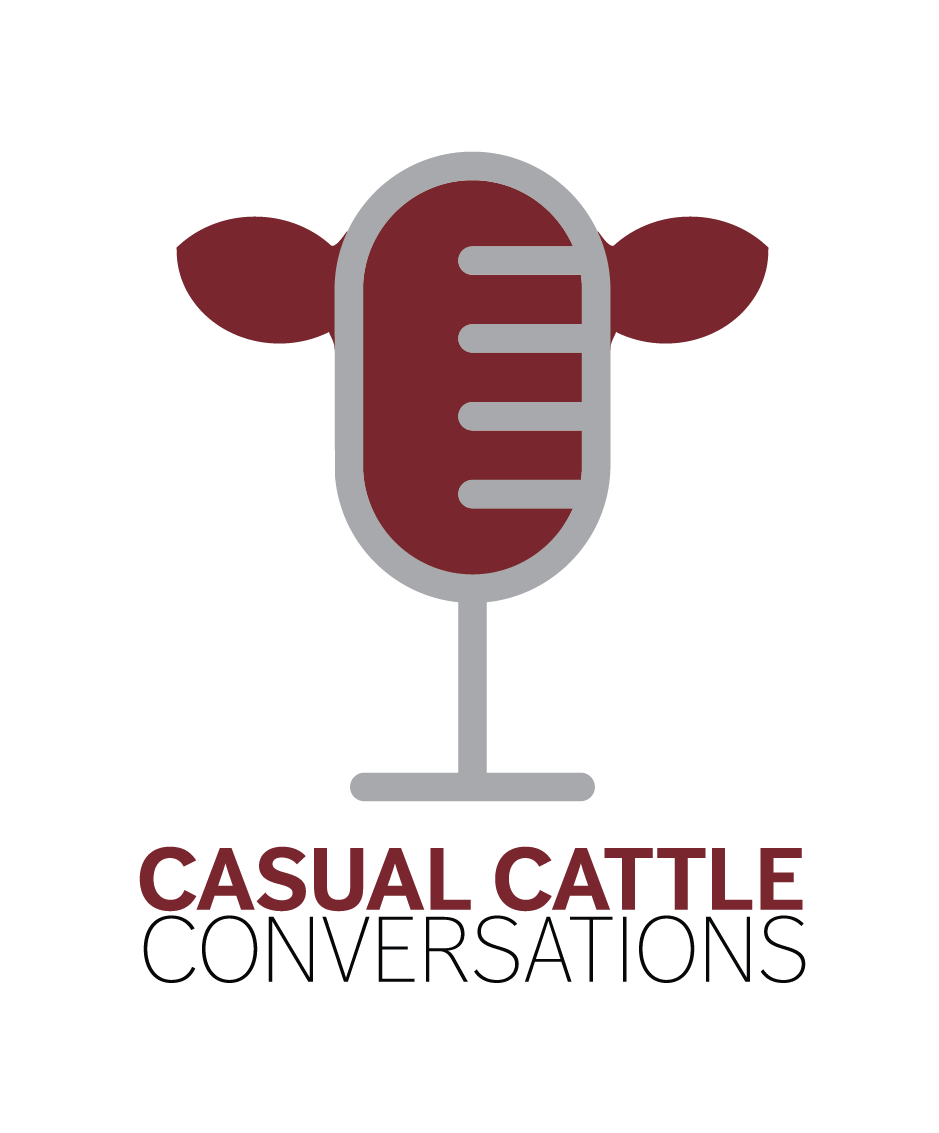Virtual Fencing Explained: Costs, Training & BLM Relationships
Virtual fencing is a technology that continues to pique the interests of ranchers across the country. And why wouldn’t it? Building and maintaining cross fences can be time-consuming and expensive.
This technology is often being promoted as a way to improve grazing management, improve conception rates for cattle on larger pastures, protect cattle from poisonous plants and section off wildlife habitat to name a few purposes.
Jessie Jarvis ranches alongside her husband Justin, and her parents, Allen and Kim Thompson, in Southern Idaho. Their operation began using virtual fencing in 2024, for a different reason than most.
Justin and Jessie focus on Red Angus cattle, while Jessie's parents run Black Angus cattle--both predominantly utilizing public lands. This area is fire-prone, and heavily dependent on irrigation to grow crops or pasture.
In the summer of 2024, they experienced not one but two fires on what should have been their fall and winter pastures. Part of the BLM’s post-fire plan dictates that these burned acres cannot be grazed for two years after a fire and reseeding has occurred. These two different allotments were both half-burned and included a county road, natural gas pipelines and the Oregon Trail.
A cattle guard would’ve been necessary for the road, accessibility around the pipelines would have been challenging and fencing over the Oregon Trail was not an option. This left their family with the option of either selling cows or utilizing virtual fencing.
Jessie said, “To be very forward this is not necessarily something we wanted to do just to try something new.”
They had two weeks to determine how they are going to winter the cows. Fortunately, their local BLM office helped them find a solution.
A neighboring BLM office had previously used virtual fencing technology which meant they had a base station not being used. The family made the decision to utilize this technology and jumped right into onboarding a portion of their herd.
“We didn’t collar all our animals. We only did 150 head because we didn’t want to put all our eggs in one basket the first year,” said Jessie.
Jessie notes that the onboarding and customer service were exceptional, but it was time consuming especially amidst all the fall work ranchers normally experience.
They worked with their customer success specialist to get cows collared, find a training area and go through the process.
“I had my reservations that I would be able to train a cow. I’m young but also experienced enough to know that cows always seem to do the opposite of what we want them to do,” said Jessie.
Despite her reservations, she has been pleasantly surprised at how well this technology has worked and served their ranch.
She said, “We are forced to make this decision but I’m so glad we did.”
There are several factors producers should consider before committing to this technology – cost being the main one. The base stations are typically the most expensive part of the investment depending on the company. The number of stations you need can depend on how many acres you are managing the topography of the land.
These stations are owned by the rancher and can be subleased to recoup some of the costs.
Commitment to the technology is another factor to consider. “Are you able to make the time to truly onboard yourself? Why would you invest in something like this if you are not willing to go all in,” said Jessie. Ranchers must be dedicated to learning the system and training their cattle.
Virtual fencing is an exciting and valuable innovation for ranchers that can generate an ROI when adopted to its fullest potential. Ranchers should take the time to consider how it would improve their current grazing strategy and how those changes would impact their profitability as they explore this technology.

